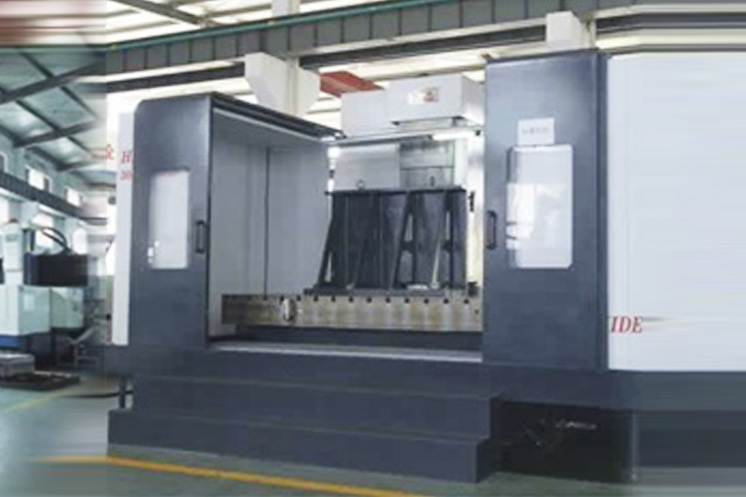The requirements of mold design and production are: accurate size, smooth surface; reasonable structure, high output power, easy to automate; simple manufacturing, high life, low cost; design meets the needs of the process, economical and reasonable.
The mold structure design and parameter selection must consider factors such as rigidity, guidance, unloading organization, positioning method, and gap size. The wearing parts on the mold should be simply replaced. Regarding plastic molds and die-casting molds, it is also necessary to consider a reasonable pouring system, the active state of molten plastic or metal, and the position and direction of entering the cavity. In order to improve the production rate and reduce the loss of runner pouring, a multi-cavity mold can be selected, and multiple identical or different products can be completed in one mold at the same time. High-power, high-precision, and long-life molds should be used in mass production.
The stamping dies should use multi-station progressive dies, and cemented carbide insert progressive dies can be used to improve the lifespan. In small batch production and trial production of new products, simple molds with simple structure, fast manufacturing and low cost should be selected, such as combined die, sheet die, polyurethane rubber die, low melting point alloy die, zinc alloy die, superplastic alloy die, etc. Molds have begun to use computer-aided design (CAD), that is, to optimize the design of molds through a set of computer-centric systems. This is the development direction of mold design.
According to structural characteristics, mold manufacturing is divided into flat punching molds and cavity molds with space. The punching die uses a punch and a die to accurately cooperate in size, and some even cooperate without gaps. Other forging dies such as cold extrusion dies, die-casting dies, powder metallurgy dies, plastic dies, rubber dies, etc. are all cavity dies and are used to form three-dimensional workpieces. The cavity mold has size requirements in the three directions of length, width, and height, and the shape is messy, making it difficult to manufacture. The production of molds is generally single-piece, small batch production, and the manufacturing requirements are strict and accurate, and more sophisticated processing equipment and measuring equipment are used. The plane blanking die can be formed by EDM, and then formed by forming grinding, coordinate grinding and other methods to further improve the accuracy. Forming grinding can be carried out using an optical projection curve grinder, or a surface grinder with a reduction and repairing wheel structure, or a special profile grinding tool can be used on a fine surface grinder. The coordinate grinder can be used for fine positioning of the mold to ensure fine hole diameter and hole distance. Computer numerical control (CNC) continuous trajectory coordinate grinder can also be used to grind convex and concave dies of any curve shape. Cavity molds are mostly processed by profiling milling machines, EDM and ECM. The combined use of profiling milling and numerical control and the addition of three-way translational head equipment to EDM can improve the processing quality of the cavity. Adding gas-filled electrolysis in electrochemical processing can increase the output power.
www.yfmould.com



 English
English 简体中文
简体中文 Español
Español Deutsche
Deutsche















